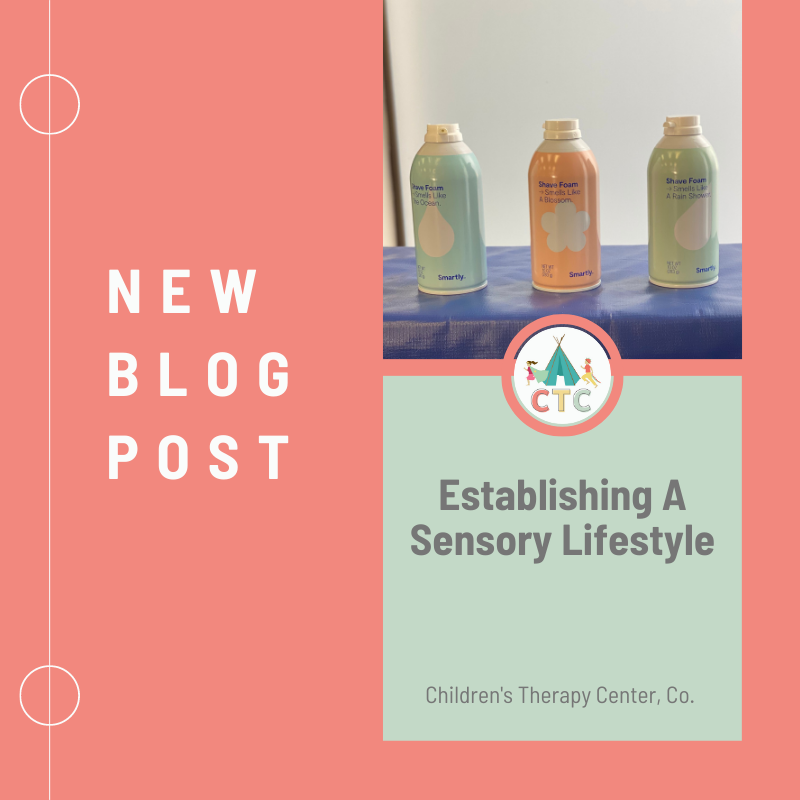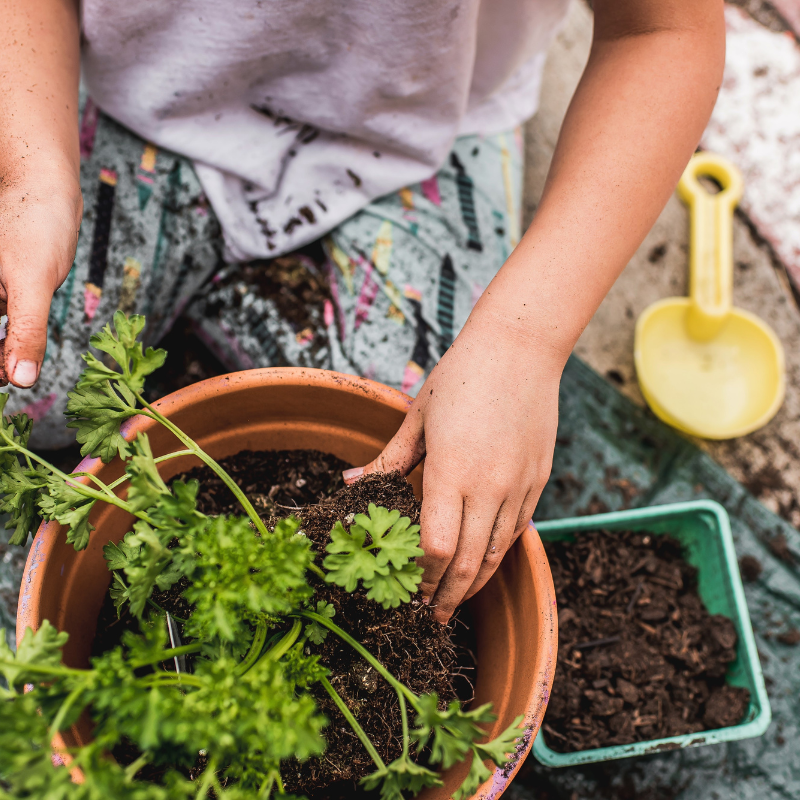
Sensory play is an essential component of child development. It allows children to explore and interact with the world around them, developing their physical and cognitive abilities. Creating a sensory lifestyle for your child can help them improve their sensory processing skills and enhance their overall development.
Here are a few tips on how to create a sensory lifestyle for your child:
Incorporate sensory play into daily activities
Sensory play can be incorporated into everyday activities such as bath time, mealtime, and playtime. For example, adding colorful bath fizzies or bubbles to bath time can create a sensory experience for your child. Incorporating textured foods such as crunchy vegetables or soft fruits into meals can also provide a sensory experience.
Create a sensory room or space
Creating a sensory room or space in your home can be a great way to provide your child with a dedicated space to explore and engage in sensory play. This could include a designated playroom with different textures and sensory toys, or a small space with sensory lighting, music, and comfortable seating.
Provide a variety of sensory toys
Providing a variety of sensory toys such as textured balls, fidget toys, and playdough can help your child engage in tactile play and improve their sensory processing skills. Other sensory toys such as weighted blankets or vibrating toys can also provide a calming effect and improve your child’s ability to regulate their emotions.
Encourage outdoor play

Outdoor play provides children with a wealth of sensory experiences. The natural environment provides a variety of textures, sounds, and smells that can help improve your child’s sensory processing skills. Encourage your child to engage in outdoor activities such as hiking, gardening, or simply playing in the backyard.
Engage in sensory activities with your child
Engaging in sensory activities with your child can help create a positive and engaging experience. You can create sensory bins with different materials such as sand, water beads, or rice for your child to explore. You can also engage in sensory activities such as finger painting or making sensory bottles together.
In conclusion, creating a sensory lifestyle for your child can have a significant impact on their development. By incorporating sensory play into daily activities, creating a sensory room or space, providing a variety of sensory toys, encouraging outdoor play, and engaging in sensory activities with your child, you can help improve their sensory processing skills and enhance their overall development.
If you are interested in learning more about how to create a sensory lifestyle for your child, you can either reach out to our team so we can guide you in understanding what types of sensory experiences your particular child benefits from or you can read a wonderful book called No Longer A SECRET by Dr. Lucy Jane Miller. We have other great resources over on our resource page that you may find valuable.







